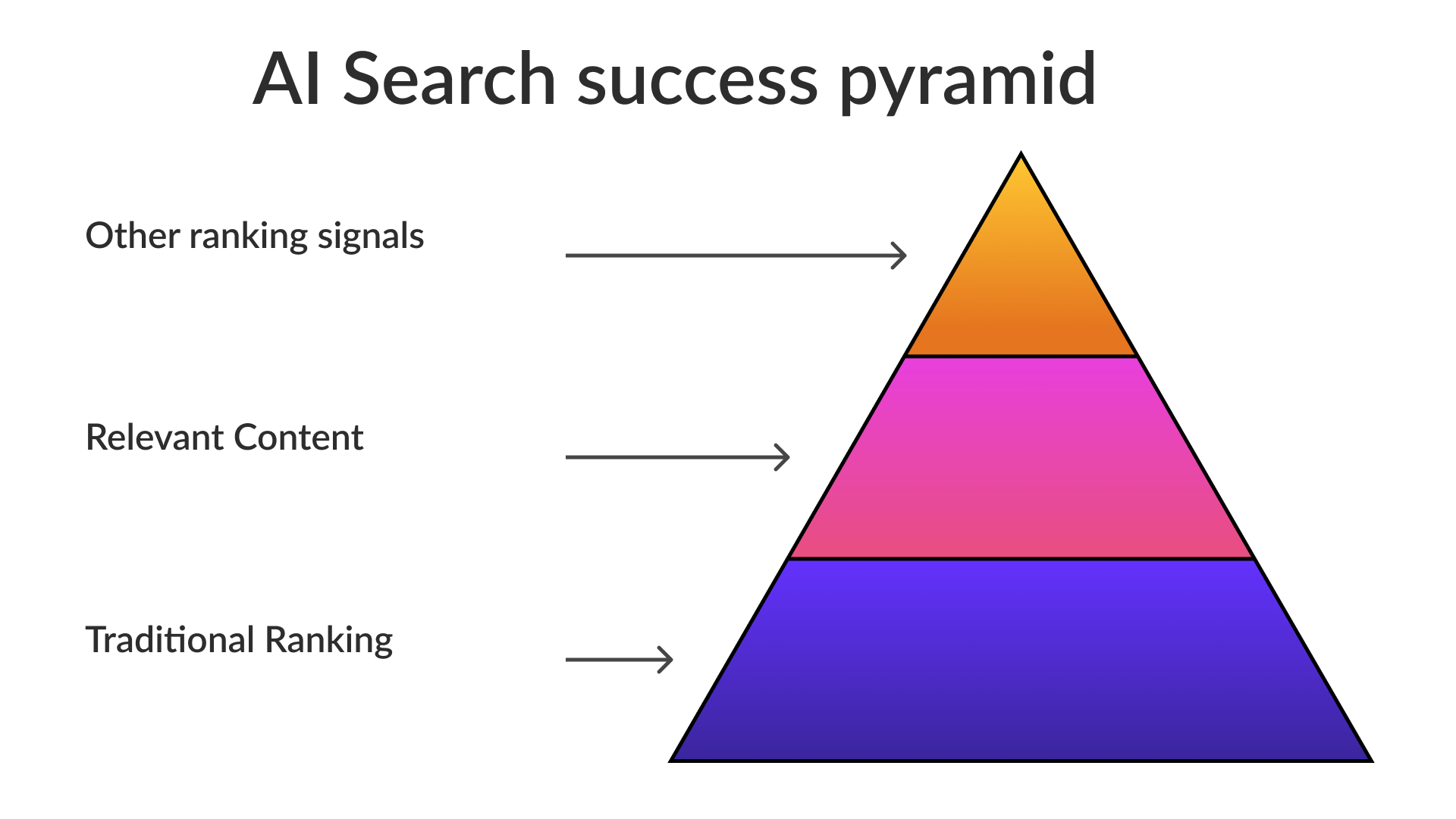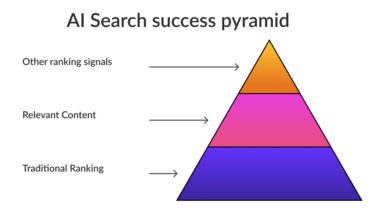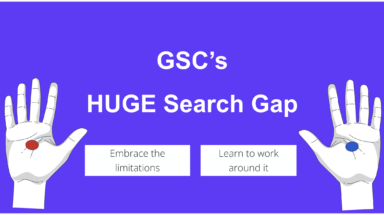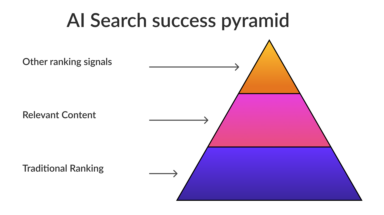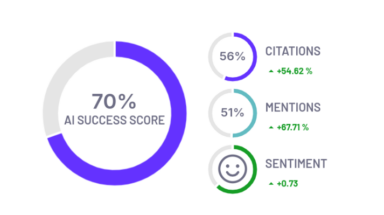You’ve probably seen countless posts declaring “SEO is dead” thanks to AI search engines like ChatGPT, Perplexity, and Google’s AI Overviews.
Instead of joining the doom-and-gloom chorus, I decided to dig into the data.
After analyzing 25,000 real user queries across AI search platforms, I’ve discovered something crucial that contradicts the popular narrative.
Traditional Rankings Still Matter
Here’s what my research revealed:
If your website ranks #1 in Google’s traditional results (blue links), you have a 25% chance of being used as a source in AI Overviews.
The higher you rank in Google’s top 10, the more likely you are to appear in AI search results across platforms.
This isn’t speculation – it’s based on real queries from real users across ChatGPT, Perplexity, and Google AI Overviews.
SEO Matters. Top 10 matters
The higher the website is in top 10, the higher chances of inclusion in AI Overviews, ChatGPT and Perplexity.
It’s clear that if you rank top 1, statistically speaking, you will be included as a source in 25% of cases in AI Overviews.
You will likely appear in Perplexity and ChatGPT as well.
How AI Search Actually Works
Through my analysis and documents from Google, including the Google antitrust trial, I’ve pieced together how AI Overviews likely operates:
- Pre-selection: The system identifies the top N documents that best match a user’s query.
- Content extraction: It pulls relevant information from these high-ranking sources
- AI generation: Gemini (Google’s AI model) synthesizes this content into a coherent answer
Here’s the smoking gun from the Google trial: An internal Google document (referenced in trial exhibits but not publicly accessible) revealed that this approach of using top-ranking content to ground AI responses increases accuracy.
This explains exactly why traditional Google rankings remain so crucial for AI search inclusion.
Why You Still See Sources Outside the Top 10
You might wonder: “If AI search relies on top 10 results, why do I sometimes see sources that don’t rank highly?”
There are two main reasons:
1. Personalization & caching
Some sources might rank in the top 10 for other users, even if they don’t for you
2. Query Fan-Out Technique
This is the big one. According to Google’s own documentation: “Both AI Overviews and AI Mode may use a ‘query fan-out’ technique — issuing multiple related searches across subtopics and data sources — to develop a response.”
While Google doesn’t provide details on exactly how this works, you can try this:
Open Perplexity (you might wonder why I’m not using Google for this demo—it’s because Perplexity actually shows you the multiple searches it performs, while Google keeps this process hidden). Ask “What is SEO and how does it compare to SEM?”
Watch carefully as Perplexity processes your question.
You’ll see it performs multiple searches behind the scenes: “What is SEO,” “definition of SEO,” “SEO explained,” “what is PPC,” and about 5 other related queries. This transparency lets you see how query fan-out works in practice.
This query fan-out technique is the main reason why pages outside Google’s top 10 can still appear in AI search results. However, if you rank in the top 10 for these sub-queries, you have a high chance of inclusion.
The Fundamental Shift: From Best Pages to Best Answers
Traditional SEO optimizes for the “best page.” When someone searches for “iPhone 15,” your page needs to cover everything to satisfy the user intent – specs, reviews, where to buy, comparisons.
AI Search looks for the “best answer.” When someone asks specifically about iPhone 15 battery life, you may rank top 1 in Google, but AI doesn’t care about it if you don’t provide a precise, relevant answer to that exact question.
In my experience, to be successful in AI Search, you should optimize for traditional search results, make sure your content is relevant, and focus on a few other ranking factors I will discuss in other articles.
The Bottom Line
SEO isn’t dead – it’s evolving rapidly. The fundamentals still matter, but execution must shift from keyword optimization to user-intent optimization.
Instead of asking “How do I rank higher?” start asking “How do I better serve users who have specific questions?”
That mindset shift is the key to thriving in the AI search era.
The data proves that traditional SEO foundations remain important, but the content strategy on top of those foundations needs to be completely reimagined for an AI-first world.
Focus on creating content that directly answers user questions, structure it clearly, and make it genuinely useful.
Do that consistently, and you’ll find success across both traditional search and AI platforms.
Do you want to check how successful your brand is in AI Search Engines? Check ZipTie’s 14-day trial!

